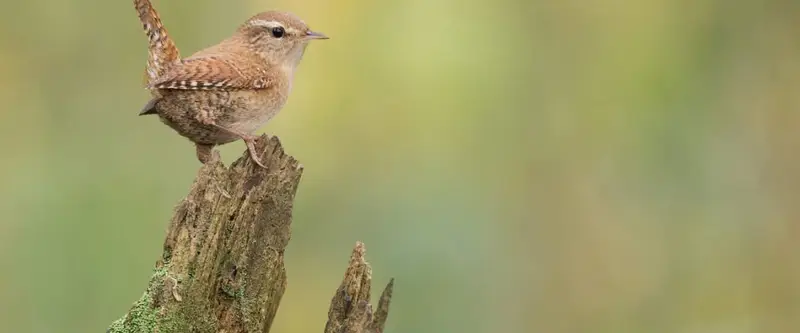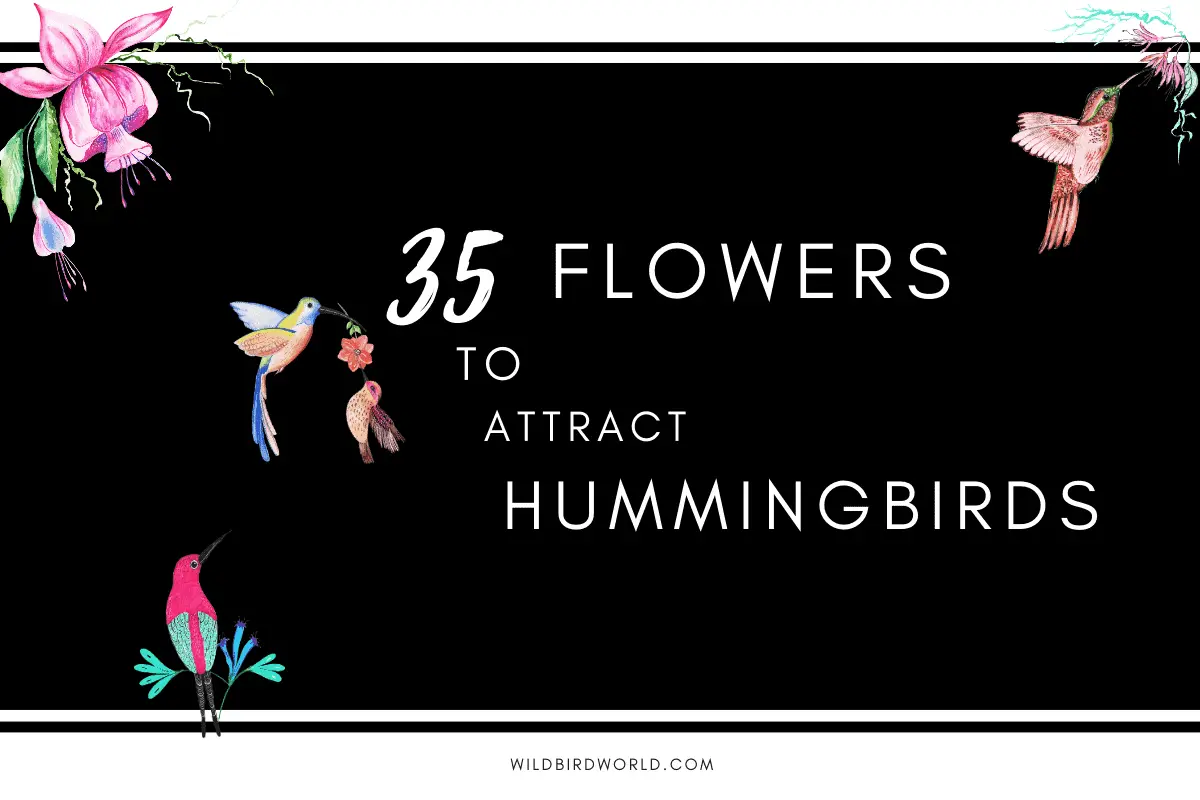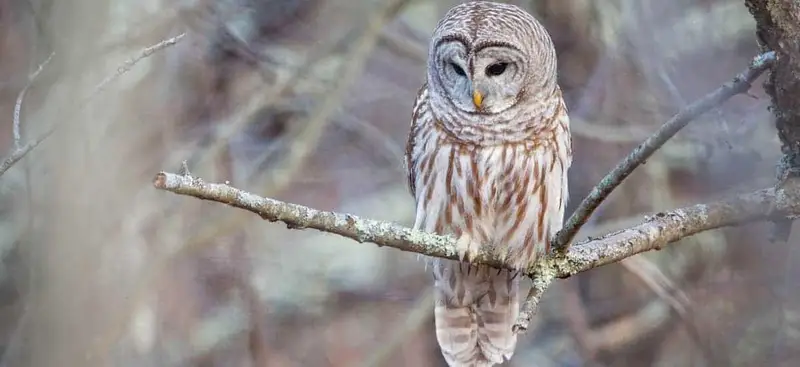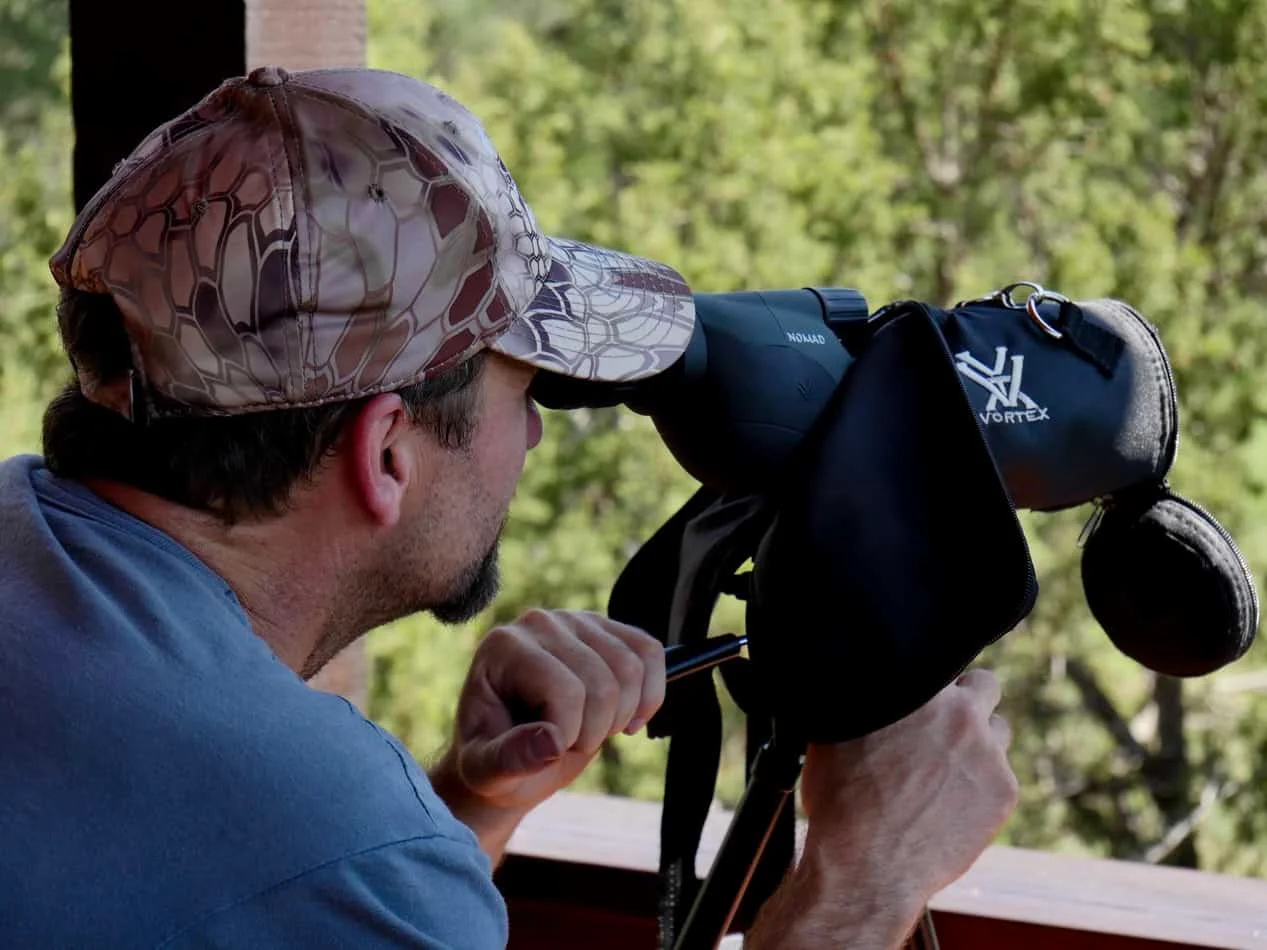
Wrens are adorable birds that many people enjoy having in their yards. These birds are small in size, but they do have a hearty appetite, which makes it possible for you to convince them to come on over for a visit. As long as you can provide the right kind of environment for these curious birds, you can look forward to spending some time with them.
The real trick to getting wrens to come visit is to pique their curiosity and use that to convince them to drop by. Fortunately, there charismatic birds are known to fall for a few tricks, which means you can easily turn your yard into the perfect playground for wrens and some other similar birds!
What do Wrens eat?
The diet of the wren is largely based on what they can find on the ground. Wrens are known for their preference for eating insects, but they do differ from other insectivores in a unique way. While most birds prefer to eat insects that they can catch during flight, wrens are more interested in the insects that are crawling on the ground. This adorable bird has no qualms about gobbling up spiders, snails, and slugs. If they find it scurrying around on the ground, there is a good chance that a wren will snatch it up. In fact, these unique birds are even known to scavenge spiderwebs for meals.
Though wrens prefer insects when the weather allows for it, these birds are also relatively passionate about berries. Wrens will happily pluck berries off of plants for a snack, particularly during colder times when bugs are in short supply. Unlike some birds that turn their nose up at treats, wrens also enjoy eating peanut butter when it is made available to them.
Where can you find Wrens?
The wren is an endearing songbird that can be found in a variety of places across the Americas, but its more common forms are seen throughout North America. During non-breeding seasons, the wren is known to spend its time in the south end of the United States. When breeding season rolls around, you can find these birds higher up in the United States, as well as in some key parts of Canada.
How many types of Wrens are in the US?
Like other bird types, wrens come in a variety of types that fill the air and travel great distances. In North America alone, there are upwards of nine native species that inhabit the area, eight of which often spend time in Canada as well. The more common wrens include the Carolina Wren, House Wren, March Wren, Canyon Wren, Sedge Wren, and Winter wren.
How to Attract Wrens to your yard?
1. Berries
Wrens absolutely love to snack on berries from time to time, especially when it is cold out. If you have plants offering up delicious berries, you might very well catch the interest of these absolutely adorable birds. They will happily pluck the berries right from the plant, so don’t worry about adding them to a feeder.
2. Moving Water
Wrens are adorable birds with a very curious nature. This means that they like to poke around when something interesting is going on and one thing that these birds absolutely love is moving water. Moving water is one of the many things that is known to catch their interest.
There are many ways to go about this. A bird bath that moves or circulates the water is something that will catch their eye, but they also enjoy a good fountain or man made pond. A great way to produce some moving water is by using a solar powered fountain pump. These pumps harness the power of the sun to keep water flowing sustainably!
Unlike some of the more picky birds, wrens don’t care if the water is on the ground or up in the air. As long as there is a fun noise and somewhere to perch, these birds will be happy to bounce around in it.
3. Foilage
Wrens like to explore the ground because it is where they forage for food. When you have brush in your yard, it provides the perfect opportunity for local wrens to search for food and enjoy some shelter at the same time. These birds are well known for hopping through brush as they seek out snacks while also enjoying protection from any bigger animals up above. Brush is also great for providing a lot of great food for wrens.
4. No Pesticides
If you really want wrens to visit you, you have to provide them with the kind of foods that they like to eat. You might not want to find snails in your garden, but wrens absolutely love them for a good snack. If you really want to see more of them, avoid killing the local bug population so that they have plenty to eat. Allowing the insects in your yard to thrive will make you a hot spot for wrens in the right seasons.
5. Shelter
Wrens are small birds known for playing around on the ground. These little guys know that they aren’t the biggest birds around, which is why they love to have different kinds of cover and feel most at home when they have it. Whether it is planting bushes or creating a small shelter for these little guys, wrens will always be happiest when they have somewhere to hang out that allows them to feel safe.
They are also known to build their nests in covered areas, so letting your plants run a little wild might just earn you a wren nest. These little guys love a good birdhouse!
6. Spider Webs
If there is one thing that wrens love, it is finding a good spiderweb. Not only are spiderwebs filled with delicious spiders, but they also are known for catching other bugs. For a wren, a spiderweb is basically an all you can eat buffet. They can enjoy munching on a spider if it is around, or they can just focus on eating the bugs caught in the web instead. Either way, if you can
7. Peanut Butter
Wrens are known to love peanut butter for a proper treat, which is why you can benefit from leaving some out. There are a variety of ways to go about this. While we aren’t going to suggest that you leave out an entire jar of peanut butter, using a bird feeder designed to offer up this tasty treat can be a great approach to take. This allows you to provide your local wrens with a supply of peanut butter without forcing them to share with the dirt or bugs on the ground.
It is best to make sure that your wrens can perch on the bird feeder if you take this route. Another common approach that wrens seem to love is spreading peanut butter on the bark of the tree. You can do it at the base or on a branch to make sure that the local wrens have easy access.
Can Wrens see at night?
Wrens, like most birds, have superior vision to humans in many ways. While some birds, like owls, have special ocular setups that enable them to see easily in the night, other birds tend to be more like us. A wren should be able to see relatively well at night, but it is not their most common environment, so their vision will still be weakened.
Can Wrens fly?
Wrens are incredibly adept flyers, which surprises many people. Since these birds are known for foraging on the ground, some people believe that they don’t fly. In reality, wrens will fly around to their nests, to hunt, and for migrations. This is even more common during breeding times.
Can Wrens move their eggs?
People often think that wrens move their nests actively because they are constantly moving to new places, but this isn’t necessarily true. In reality, wrens are known for taking over the nests of other birds and moving their eggs instead. When this happens to a wren, they will move on to a new nest and leave the damaged eggs behind.
How do Wrens make their nest?
The nesting process of wrens is incredibly interesting. When a male wren courts a female wren, he will show her potential nesting sites to entice her. Wrens like to nest in holes and are known for their interest in the nests of other birds. Male wrens will find nests that are not being watched and take them over. When they do this, they will often puncture the eggs of the other bird.
Why do Wrens bob up and down?
Wrens will bob up and down or hop around when they explore an area. This is their primary method of navigating when they are investigating, most commonly when they are looking for something delicious to eat. This is more comfortable for wrens than flying, and has the added bonus of scaring up a snack every once in a while.
What do Wrens sound like?

More Articles.

35 Best Flowers for Attracting Hummingbirds
If you’re trying to attract hummingbirds to your garden or home front, it can be

How to attract Owls to your yard?
The best way of attracting Owls to your yard is to offer them a nesting

Best Spotting Scopes for Birding 2020
When it comes to birdwatching, you want to make sure that you have the right

About Us
We are avid bird-watchers who recently retired, allowing us more time to travel the world. Fortunately, we have managed to visit numerous countries around Europe, Asia, and America. Watching and photographing birds has been a passion for many years and we are making the most of the extra time on our hands!


